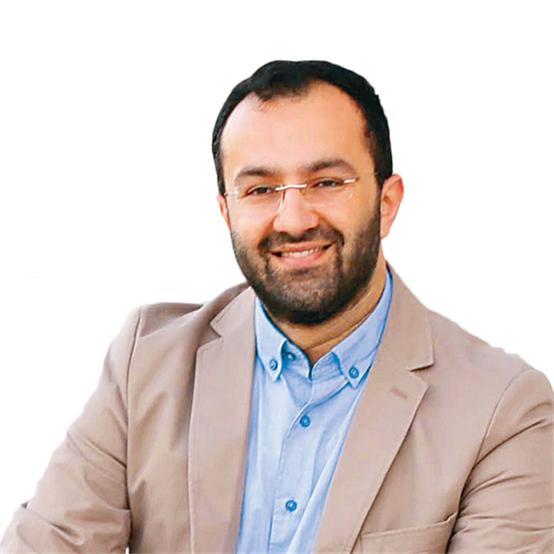Among this week's most prominent developments related to the balance of power in the Middle East is the official statement about a rapprochement that began between the Islamic Resistance Movement (Hamas) and the Syrian regime; A Hamas official told Reuters news agency: "We are currently conducting high-level negotiations to restore our relations with Syria." Hamas was founded during the first intifada in 1987, and it was managed from the beginning on the basis of dual leadership, internal and external. While the Israeli pressure was intensifying internally on the late founding leader Sheikh Ahmed Yassin and other intellectuals, the foreign branches of the movement in Egypt and Kuwait were very comfortable in terms of financial support flowing from oil-rich countries and the freedom to trade between states. Soon, the Hamas branch in Kuwait rose to prominence; Thanks to the personal charisma and international relations of its leader, Khaled Mashal, who became the "face" of the movement. When Saddam Hussein invaded Kuwait in 1990, Khaled Meshaal and his team settled in the Jordanian capital, Amman. After Mashal was subjected to a failed assassination attempt by the Mossad on September 25, 1997, he was deported from Jordan in the summer of 1999 on the orders of King Abdullah II. It is worth noting that King Abdullah, who ascended the throne after the death of his father, King Hussein, on Feb. 7, was concerned about the presence of Hamas in the country and its activities as well. Mishaal resided in the Qatari capital, Doha, for a short period, and then settled in Damascus, the capital of Syria.
Khaled Mashal's 10-year stay in Damascus drew attention as a period in which relations between Hamas, the Syrian Baath regime, and Iran were deepening. However, Mashal did not neglect during this period to intensify his contacts and discussions with various countries of the Islamic world - including Turkey - and with the Fatah movement, the competing political faction in Palestine. Meanwhile, Khaled Mashal, whose influence grew inside and outside Hamas, rose to become the undisputed leader of the movement, especially after Israel assassinated Sheikh Ahmed Yassin in 2004.
The popular uprising that erupted in Syria in 2011 forced Khaled Mashal and his friends to the movement to make a “moral choice”: Do they support the Syrian regime, which began dropping bombs on its own people with the support of Iran, just because they (Syria and Iran) are helping Hamas? Or stand with the Syrian people in the face of the grievances and atrocities they are exposed to? Hamas chose the latter option. Mashal and his close circle left Damascus and settled in Doha. Even Mashal raised the flag of the Syrian opposition on Saturday, December 8, 2012, during his participation in the celebrations of the twenty-fifth anniversary of the founding of Hamas, which he attended as a guest of honor in Gaza, which he visited for the first time after his years in exile.
Fast forward a few years, there is a "new era" that began with the overthrow of Egyptian President Mohamed Morsi in 2013. The new Egyptian administration, and the Gulf states that support it, took a stand against Hamas and the Muslim Brotherhood (the Ikhwan), forcing Khaled Mashal and his friends to choose the Syrian-Iranian front. . Meanwhile, Mashal wanted to leave his leadership position and focus on restoring Hamas' relations with various countries of the Islamic world, and in 2017, he announced to the world that Hamas does not have organic relations with the Ikhwan, according to the gradual amendments it made to the "Founding Document." Of course, this step was aimed at rebuilding bridges with Egypt and Gulf capitals. However, it will turn out that this step was no walk in the park.
Ismail Haniyeh, who assumed the political leadership of Hamas after Khaled Mashal resigned from the movement’s leadership, personally attended the funeral of Iranian General Qassem Soleimani, who played a major role in the destruction of Syria, in the Iranian capital, Tehran, on January 6, 2020. In a speech At the funeral, Haniyeh described Soleimani as a "martyr of Jerusalem", and this was one of the indicators of the rapprochement between Hamas and Iran. Yahya Sinwar, who replaced Haniyeh as the leader of Hamas in Gaza, is thought to be very close to Iran.
Given the current situation, if Hamas is lured into a position in which it officially announces to the whole world that it has decided to side with the Syrian Baath regime and Iran, the negative approach of some powerful countries in the Arab world towards the movement will, of course, be a major factor behind such a decision. It remains to be seen whether they are aware of the missed opportunities as a result.




















